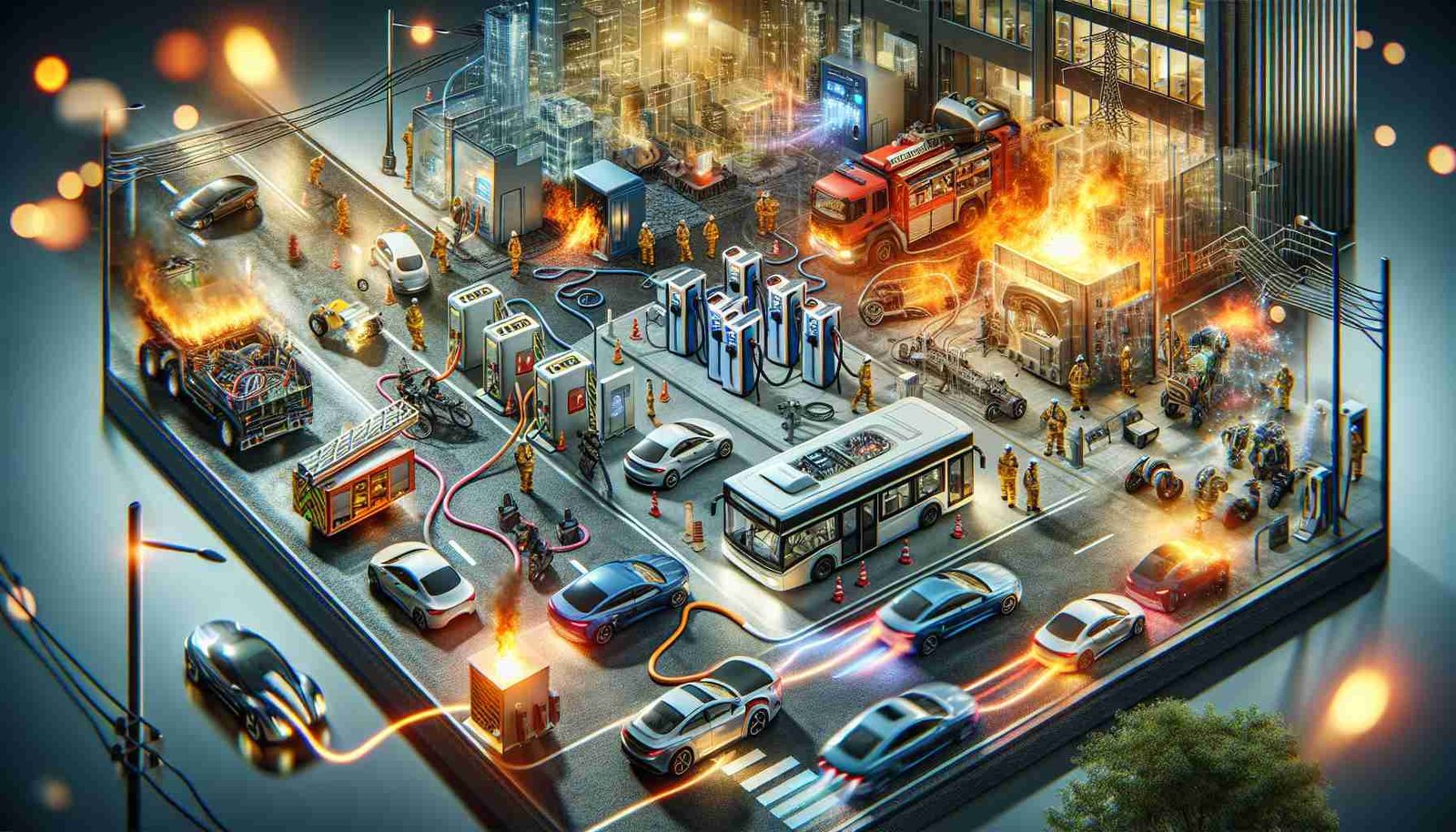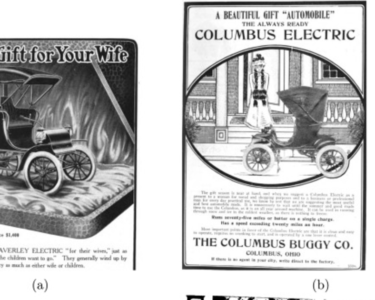
As electric vehicles (EVs) increasingly roll out onto the global stage, the industry faces imperative safety challenges related to the lithium-ion batteries powering these cars. At a recent Robeson County Vision Zero Task Force meeting, the subject of how to ensure EV safety sparked a critical discussion. Public safety experts highlighted the need for updated knowledge and training specific to the risks that lithium-ion batteries pose.
A major concern is thermal runaway, a dangerous condition wherein a battery could catch fire and be incredibly difficult to extinguish, putting drivers and emergency responders at risk. There’s a growing pressure on manufacturers to enhance EV designs to combat such issues, while consumers are also being called on to exercise caution and awareness.
As the electric vehicle market accelerates, predictions suggest profound growth, valuing the industry at several hundred billions in the near future. With that prosperity, however, come the hurdles of ethical material sourcing, environmental impacts of battery production, and the development of reliable charging networks. The environmental toll of battery lifecycle and the pace at which technology evolves call for vigilant regulation and sustained improvement in safety measures.
Emergency service providers are also at the forefront of educational initiatives aimed at efficiently tackling EV-related emergencies. It is vital, as the sector evolves, that safety and environmental sustainability are not compromised in the pursuit of innovation. Both the industry and the consumers have a shared responsibility to foster the safe and conscious advancement of electric vehicle technology.
For the latest on EVs and sustainable practices, resources from the International Energy Agency and the U.S. Environmental Protection Agency provide valuable insights. Ensuring a bright future for EVs hinges on collaborative efforts to harmonize the promise of clean energy with impeccable safety standards.
Emerging Trends and Safety Challenges in the EV Industry
As electric vehicles (EVs) continue to gain foothold in the automotive market, embracing the shift toward sustainable transportation, the industry grapples with critical safety concerns pertaining to the lithium-ion batteries that power these vehicles. A pressing topic at the Robeson County Vision Zero Task Force meeting centered on safeguarding EVs against risks associated with these batteries, emphasizing the dire need for specialized knowledge and training.
One alarming safety hazard is thermal runaway, where a battery may ignite, leading to fires that are notoriously challenging to extinguish. This not only endangers the occupants of the vehicle but also poses a significant threat to emergency responders. The onus is on automakers to fortify EV designs to preclude such incidents, while urging consumers to remain vigilant and informed.
Looking ahead, market analysts project a steep ascent for the EV sector, potentially scaling to magnitudes worth several hundred billion dollars in the imminent future. This burgeoning prosperity, however, is shadowed by pressing concerns such as the ethical extraction of raw materials, environmental consequences of fabricating batteries, and the establishment of a robust network for charging these vehicles. The environmental implications tied to the entire lifespan of batteries and the swift pace at which new technologies emerge necessitate rigorous oversight and continuous elevation of safety protocols.
In the midst of this rapid growth, emergency services play a pivotal role in educating and preparing for EV-specific emergencies, ensuring that response measures evolve in step with the technology. As the industry innovates, it is imperative that such advancements do not compromise safety or eco-consciousness. Both the manufacturers within the industry and the end-users share an inherent duty to promote the cautious and responsible progression of EV technology.
For more comprehensive information on electric vehicles and sustainability, credible data and guidelines can be sourced from institutions like the International Energy Agency and the U.S. Environmental Protection Agency. The sustainability and success of the electric vehicle revolution are contingent upon a concerted approach to marry the benefits of clean energy with uncompromising safety standards. For further reading on electric vehicles, sustainable solutions, and policy frameworks:
– International Energy Agency
– U.S. Environmental Protection Agency
In closing, the electric vehicle industry must negotiate a delicate balance: stimulating innovation and market growth, while also addressing the intricate safety and ethical issues that naturally accompany such a technological leap.

Roman Perkowski is a distinguished name in the field of space exploration technology, specifically known for his work on propulsion systems for interplanetary travel. His innovative research and designs have been crucial in advancing the efficiency and reliability of spacecraft engines. Perkowski’s contributions are particularly significant in the development of sustainable and powerful propulsion methods, which are vital for long-duration space missions. His work not only pushes the boundaries of current space travel capabilities but also inspires future generations of scientists and engineers in the quest to explore the far reaches of our solar system and beyond.




